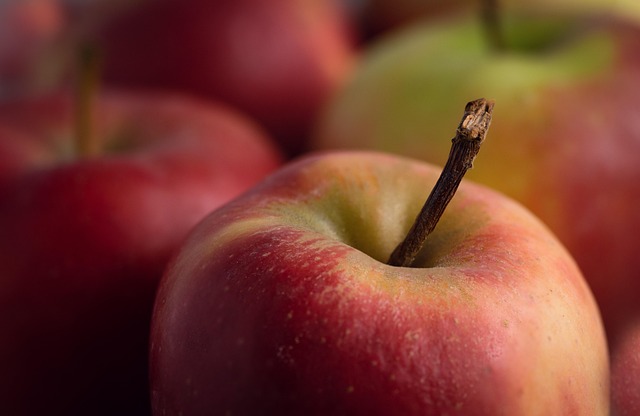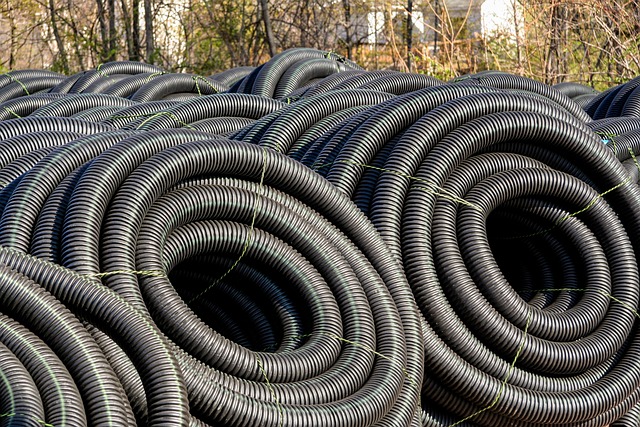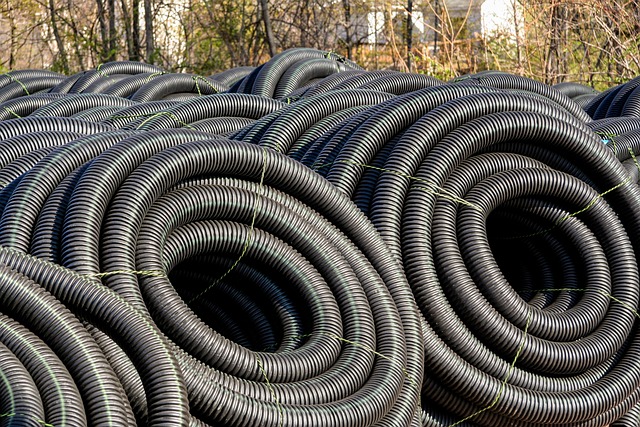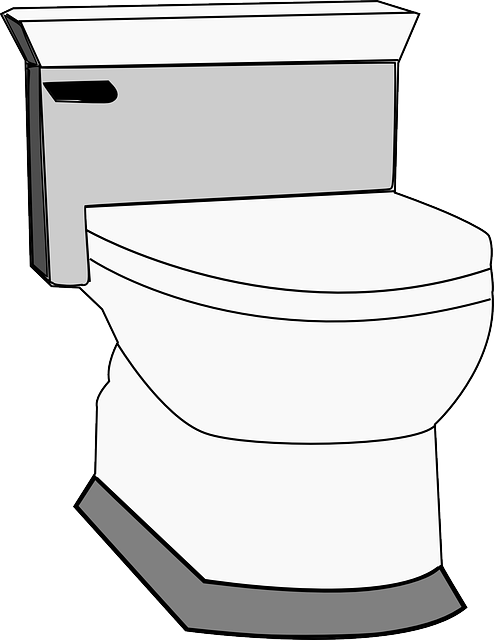Plumbing fittings and valves, crucial for water flow control in diverse projects, come in various types and materials. Choosing a reliable plumbing supplier is essential for product quality, service, and project outcomes. Regular maintenance, proper installation techniques, and selecting compatible parts prevent leaks and inefficient water flow. Modern innovations, driven by smart home demand and sustainability, offer advanced plumbing solutions from leading suppliers.
“Unleash the power of efficient plumbing with an in-depth exploration of pipes fittings, valves, and their crucial roles in your next project. From understanding diverse fitting types for specific applications to selecting the perfect plumbing supplier, this guide is your compass. Discover how valves act as control centers, ensuring safety and optimal performance. We’ll also shed light on installation best practices, common issues, and modern innovations that revolutionize plumbing technology, empowering you to make informed decisions.”
- Understanding Plumbing Fittings: Types and Applications
- Valves: Essential Components for Control and Safety
- Choosing the Right Plumbing Supplier for Your Project
- Installation Tips for Efficient Pipe Fittings and Valves
- Common Issues with Fittings, Valves, and Their Solutions
- Trends in Modern Plumbing Technology: Innovations in Fittings
Understanding Plumbing Fittings: Types and Applications
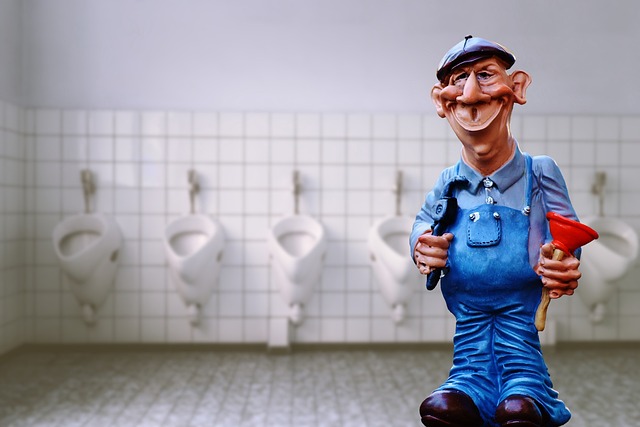
Plumbing fittings are essential components that facilitate the connection and control of water flow in various plumbing systems. These include a diverse range of parts, each serving a unique purpose. From elbow joints that bend pipes to tees that allow for multiple connections, fittings play a crucial role in any plumbing project. Understanding these types and their applications is key when sourcing from a reliable plumbing supplier.
Different materials like copper, PVC, or steel are used to manufacture fittings, catering to diverse environmental and temperature conditions. Each type has specific advantages; for instance, copper fittings excel in corrosion resistance, while PVC is known for its flexibility and suitability for cold-water applications. Knowing these variations enables plumbers and DIY enthusiasts to choose the right fittings for their projects, ensuring efficient water flow and long-lasting installations.
Valves: Essential Components for Control and Safety
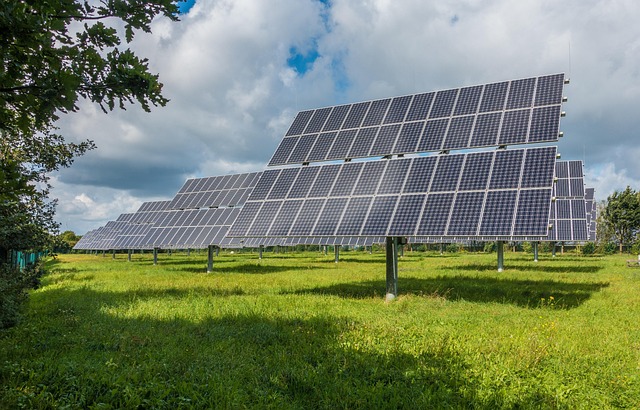
Valves play a crucial role in any plumbing project, acting as essential components for control and safety. They enable precise regulation of water flow, pressure, and temperature, ensuring optimal system performance while safeguarding against potential hazards. From simple on/off switches to complex regulatory mechanisms, valves are the unsung heroes that underpin the functionality and reliability of plumbing systems.
When selecting valves for your next project, it’s vital to choose from a reputable plumbing supplier who offers a wide range of options tailored to various applications. A trusted plumbing supplier will provide you with high-quality, durable valves that meet industry standards, ensuring both efficiency and longevity in your plumbing installations.
Choosing the Right Plumbing Supplier for Your Project
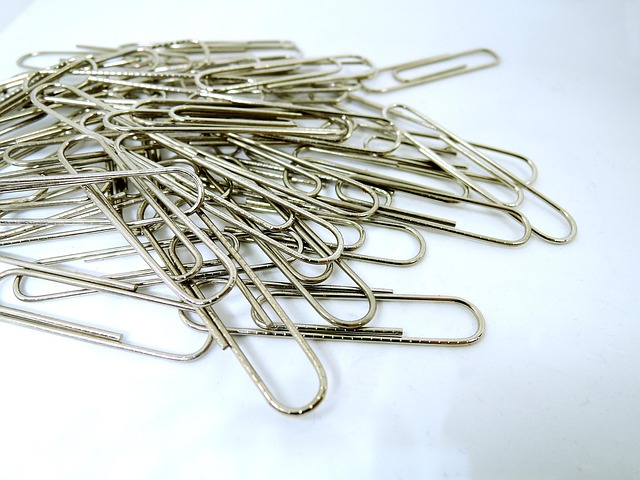
Choosing the right plumbing supplier is a crucial step in any plumbing project. It’s essential to consider factors like experience, product quality, and customer service when selecting a supplier. Look for a supplier with a proven track record of providing high-quality pipes, fittings, and valves that meet industry standards. Additionally, ensure they offer competitive pricing and timely delivery to fit your project timeline.
Research potential suppliers online, read reviews from past customers, and request quotes to compare options. Selecting a reputable plumbing supplier will not only guarantee the best products but also expert advice tailored to your specific needs. This ensures your plumbing project is equipped with the right materials from the outset, setting the stage for successful installation and long-lasting results.
Installation Tips for Efficient Pipe Fittings and Valves
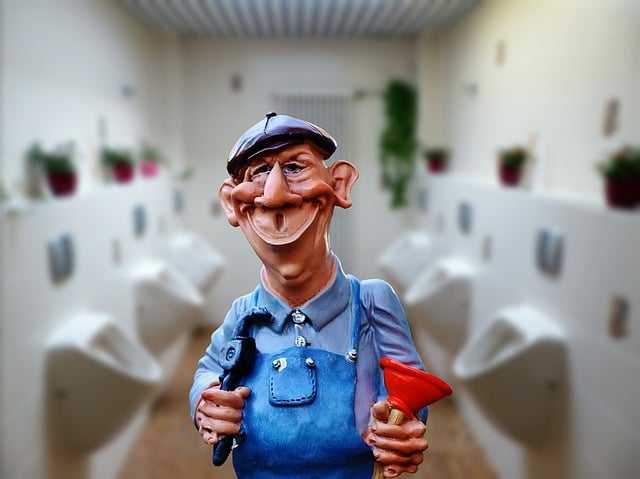
When installing pipe fittings and valves, ensuring a tight seal is paramount to avoid leaks and maintain efficient water flow. Start by preparing the pipes with clean, dry surfaces. Use primer or adhesive as recommended by the plumbing supplier to enhance adhesion. Fit the fittings securely, tightening connections adequately but avoiding over-tightening to prevent damage. For valves, align them correctly and ensure they are fully seated before tightening. Regularly check for leaks during and after installation using a leak detection solution from your trusted plumbing supplier.
Consider the type of pipes and valves suitable for your project’s temperature and pressure ratings. Cross-refer with your plumbing supplier to select compatible parts. Proper spacing is another critical aspect; follow manufacturer guidelines to ensure fittings are placed optimally for optimal water pressure and flow. Regular maintenance, including cleaning and inspecting connections, will extend the lifespan of your pipe fittings and valves, ensuring they remain in top condition even after prolonged use.
Common Issues with Fittings, Valves, and Their Solutions

Plumbing projects often encounter issues with fittings, valves, and pipes, leading to leaks or reduced water pressure. Common problems include tight connections that require more force than necessary, causing damage over time. Additionally, outdated or incompatible valve types can result in inefficient water flow, wasting precious resources.
Solutions involve using high-quality fittings and valves from a reputable plumbing supplier. Choosing the right materials ensures secure, leak-free connections with minimal effort. Regular maintenance checks and promptly replacing worn-out parts are essential. Upgrading to modern valve designs optimized for flow efficiency can significantly enhance overall system performance.
Trends in Modern Plumbing Technology: Innovations in Fittings
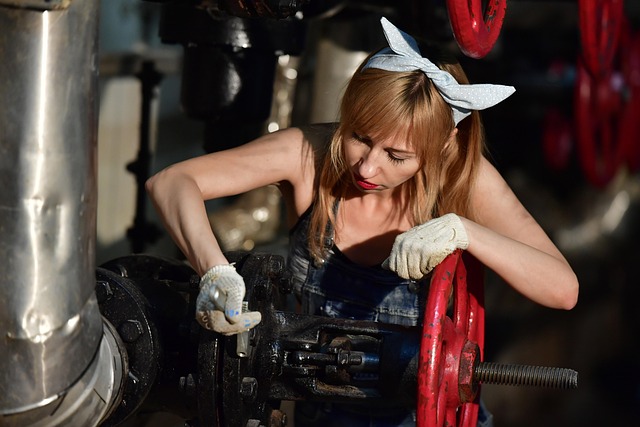
Modern plumbing technology is witnessing a surge in innovative fittings that promise enhanced efficiency, durability, and ease of installation. These advancements are driven by the demand for smarter homes and sustainable water management practices. One notable trend is the integration of smart valves that can be controlled remotely via mobile apps, allowing homeowners to monitor and adjust water flow from their fingertips.
Plumbing suppliers are also introducing eco-friendly solutions, such as low-flow fixtures and pressure-reducing valves, which help conserve water without compromising performance. Additionally, the use of advanced materials like PEX (cross-linked polyethylene) pipes and corrosion-resistant fittings is on the rise, ensuring longer lifespans and reducing maintenance costs. These innovations not only cater to the evolving needs of homeowners but also contribute to a more sustainable and efficient plumbing industry.
When it comes to successful plumbing projects, having the right tools is paramount. By understanding different plumbing fittings, their applications, and choosing a reliable plumbing supplier, you lay the foundation for efficient installations. Valves play a crucial role in control and safety, while staying updated with modern plumbing technology ensures innovative solutions. With these insights, you’re well-equipped to tackle any project, ensuring lasting results.
